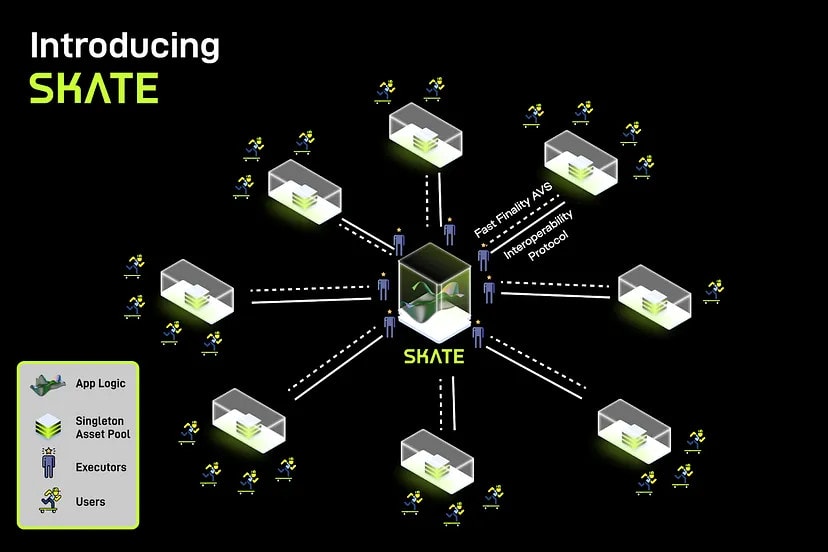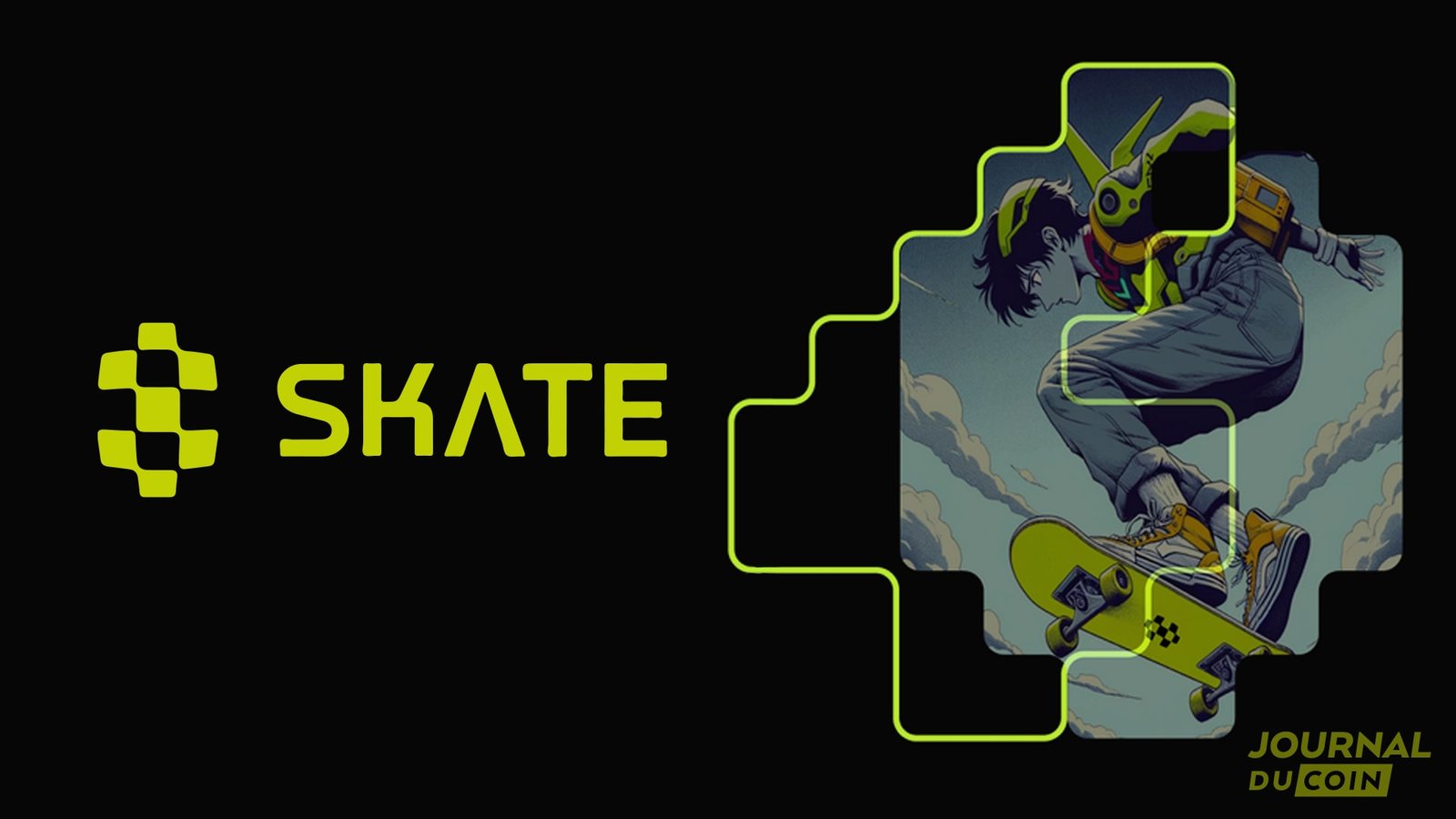The blockchain ecosystem now spans across a multitude of layers 1 and 2. Users of the protocols are now subject to bridge costs and delays. In this context, Range Protocol becomes “Skate”. Innovative solutiondesigned to overcome the major challenges arising from this growing diversity. Skateboarding it is meant to be compatible with all blockchain networks depending on usage and needs. The protocol promises this radically change the way decentralized applications interact across different ecosystems. It’s about solving liquidity and user experience issues. Let’s discover together this development that could change a lot of things.
Le Journal du Coin brings you this promotional article in collaboration with Skate.
Currently, decentralized applications (dApps) are isolated due to deployment on their respective blockchains. According to Range Protocol CEO, this fragmentation of different instances of the same application problematic. First for ecosystem development but also for the user experience.
Indeed, applications cannot communicate directly with each other through blockchains. So it forces users to perform more operations themselves. Of course, this takes time, but above all it represents unnecessary costs and detrimental impact on capital efficiency.
How many times have we found ourselves calculating the best way to send funds? in the Solana network starting with our Arbitrum wallet to get the latest trending shitcoins? Problem solved thanks to the solvers who will be remove this friction once and for all.
A question of survival for protocols
An observation shared by developers who are required to design specific solutions for each blockchain hosting their applications, layer-1 and layer-2 inclusive. Specifics that slow down teams’ progress in developing their final, functional product. They are thus forced to allocate significant resources to tasks with low added value. Obviously, they would rather focus their resources on building a deployment of specific solutions for the ecosystem.
It was to solve this problem of “application fragmentation” that “Skate” was created. A natural evolution of the pioneering platform in providing liquidity that was Range Protocol. It is presented as a “hub-and-spoke” type protocol (denotes an architecture implementing a central connection point that can reach each of the endpoints located on circuit) in the application layer.
Skate aims to give applications the ability to run on thousands of channels from a single platform. Skate does not only solve the current challenges of the multi-chain landscape. Its design is based on an intent-focused approach to minimize risk and delay. This suggests a future where developers and users can communicate with a unique interfaceregardless of the base chain.
Skateboarding stands out as the only application layer solution in the ecosystem that offers deep interoperability integration by design. The protocol is completely agnostic to the channel on which the application will be broadcast. This is due to its execution on its own virtual machine. Skate overcomes the need for duplicate deployments. The protocol offers a unified platform for the development and maintenance of smart contracts.

For the CEO, the key to the future success of Skate v interoperability integration at the heart of the application layer. This reverses the traditional approach where a team first builds an application and then takes care of interoperability across blockchains as a second step. By offering a platform designed and optimized for this purpose, Skate eliminates the need to move assets between networks. Enhancing the user experience that relies on a complete ecosystem where transactions and information flow in the background. Thus, the user only has to carry out his transactions without caring about the blockchain on which his assets are located.
On the other hand, Skate will ensure connectivity between all blockchains by positioning itself as a “Fast Finality Network”, secured by the company’s Active Validation Service (AVS)Custom layer. This allows Skate to send proofs of state with minimal guesswork, which is a huge time saver.
The launch of Skate benefits from strong support from Web 3 leaders. This is evidenced by collaborations with entities such as A41, Vertex, Navi and Galxe. The initial round of funding raised $3.75 million. Led by HashKey Capital and Nomad Capital, it demonstrates confidence in Skate’s vision and ability to deliver effective response to DeFi developers and usersGameFi, NFT etc…

“Our mission with Skate is to break down the existing barriers in the blockchain ecosystem, enabling a new wave of decentralized applications that can communicate seamlessly across a wide range of channels. By uniting the community around this vision, we are laying the groundwork for a more unified, efficient and accessible Web 3 ecosystem.”
Siddharth Lalwani, co-founder and CEO of Range Protocol
Skate has already launched its first testnet on the Optimism Bedrock Tech Stack. The project plans to deploy the mainnet in the EigenLayer network within a year with a designated group of performers.
As we move towards a future where the lines between channels will become increasingly blurred, Skate and EigenLayer are positioned as pillars of this modular future. A guarantee that the basic needs of users and developers will be met efficiently and securely. If you would like to learn more about Stake, you can visit their siteand to stay up to date with their news or use their future testnets to farm rewards, follow their X.

